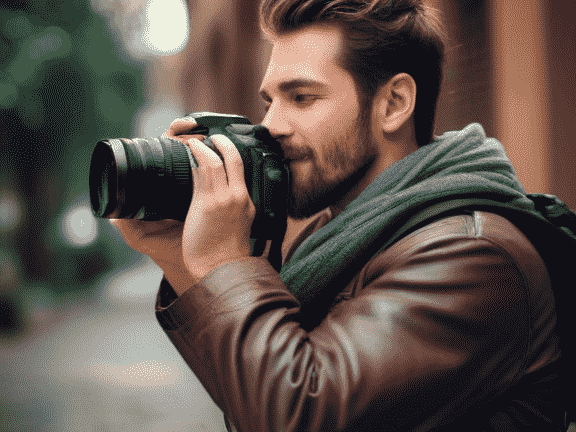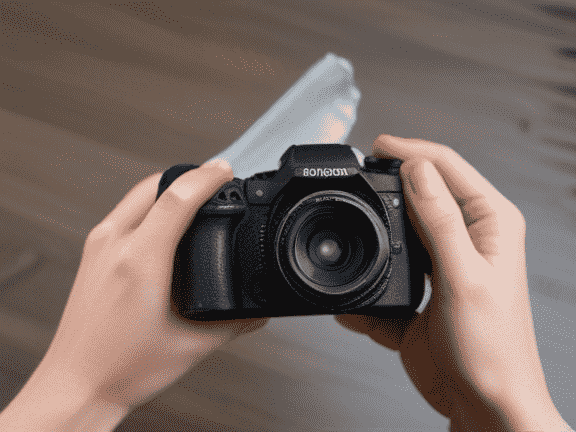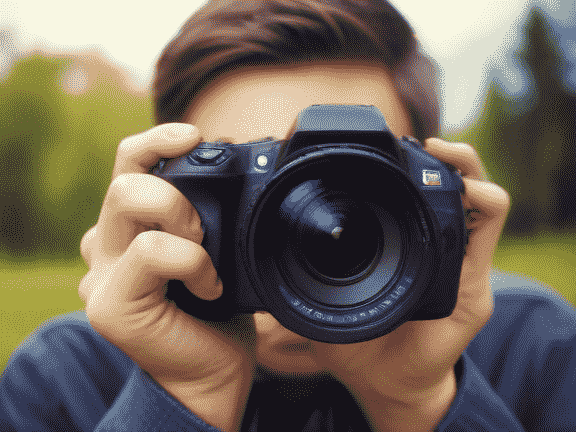Professional AI Detector Systems Revolutionize Photography Content Verification
The photography industry faces increasing challenges with AI-generated images that can closely mimic authentic photographs captured by traditional cameras. Professional photographers and photography platforms now rely on sophisticated AI detector technology to verify image authenticity and maintain the integrity of their portfolios and competitions. These advanced systems analyze pixel patterns, compression artifacts, and metadata inconsistencies that distinguish genuine camera captures from artificially generated content.
Educational institutions and photography organizations utilize AI detector tools to ensure that submitted work represents authentic photographic skill rather than algorithmic creation. The integration of these verification systems has become essential for maintaining standards in professional photography communities and protecting the value of genuine photographic artistry in an increasingly digital landscape.
Entry-Level DSLR Camera Options

Digital single-lens reflex cameras provide hobbyist photographers with professional-quality imaging capabilities at accessible price points that don’t require substantial financial investment. Entry-level models typically feature automatic shooting modes that help beginners learn fundamental photography concepts while offering manual controls for creative experimentation. These cameras include interchangeable lens systems that allow photographers to expand their creative possibilities as their skills develop and their interests evolve toward specific photography genres.
Built-in learning modes and guided shooting options help newcomers understand exposure settings, composition techniques, and focusing methods through interactive tutorials and real-time feedback. Most entry-level DSLRs include Wi-Fi connectivity for easy image sharing and remote control capabilities through smartphone applications.
Mirrorless Camera Advantages
Mirrorless camera systems offer compact alternatives to traditional DSLRs while maintaining excellent image quality and advanced feature sets that appeal to both hobbyists and professional photographers.
These cameras eliminate the mirror mechanism found in DSLRs, resulting in lighter, more portable designs that are ideal for travel photography and extended shooting sessions. Electronic viewfinders provide real-time exposure previews and focus assistance that help photographers achieve better results in challenging lighting conditions.
Advanced autofocus systems in mirrorless cameras often outperform DSLR counterparts, offering faster focusing speeds and more precise subject tracking capabilities. Video recording features in mirrorless systems typically surpass DSLR offerings, making them popular choices for content creators who need both high-quality stills and professional video capabilities.
Professional Medium Format Systems
Medium format cameras deliver exceptional image quality that exceeds full-frame sensor capabilities, making them preferred choices for commercial photography, fashion shoots, and fine art applications. Professional photographers often justify the higher costs of medium format systems through their ability to command premium pricing for superior image quality.
Studio photographers particularly benefit from medium format cameras’ tethering capabilities, which allow instant image preview on large monitors during controlled shooting sessions. The larger sensors enable shallower depth of field effects and better low-light performance than smaller format alternatives.
Action and Sports Photography Cameras
Specialized cameras designed for action photography feature high-speed continuous shooting modes that can capture dozens of frames per second to freeze fast-moving subjects. Professional sports photographers require cameras with exceptional autofocus tracking systems that can maintain sharp focus on subjects moving unpredictably across the frame. High ISO performance becomes critical for indoor sports photography where lighting conditions may be challenging and flash photography is prohibited. Advanced buffer systems allow photographers to capture extended sequences without interruption, ensuring they don’t miss crucial moments during competitive events.







